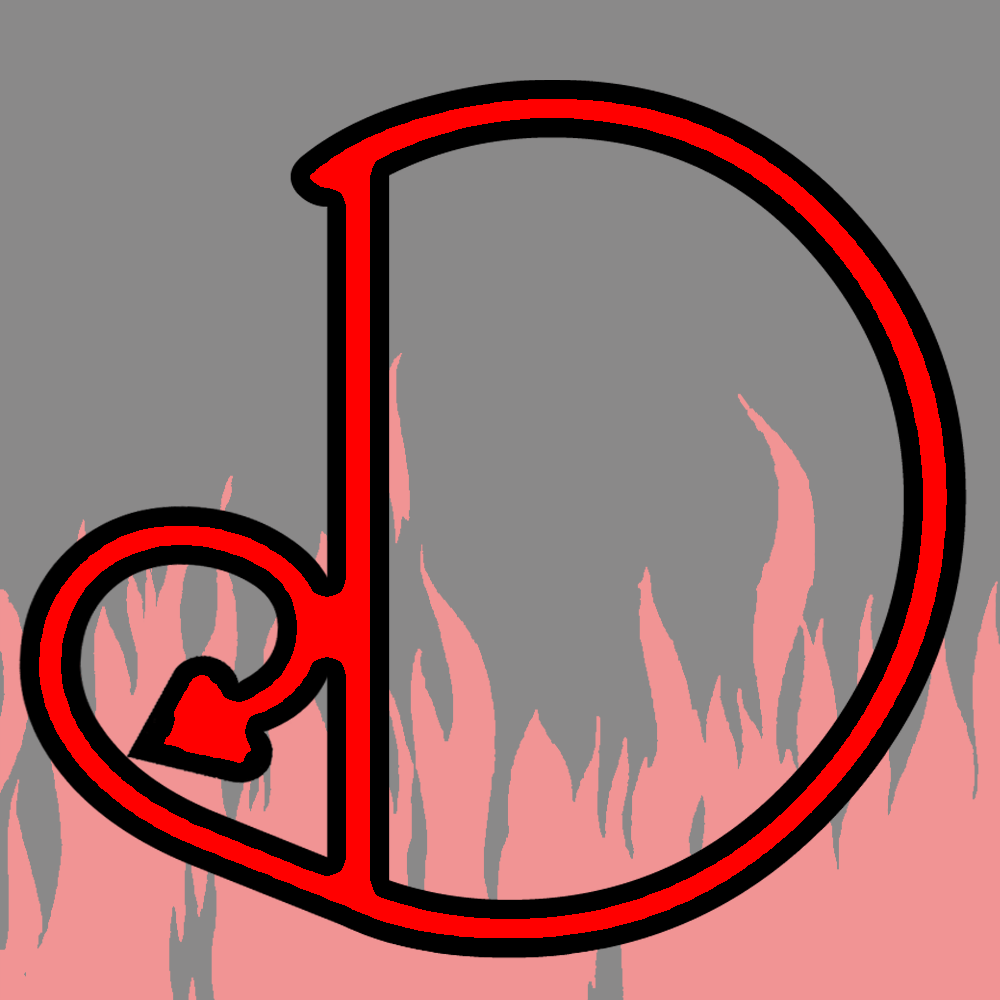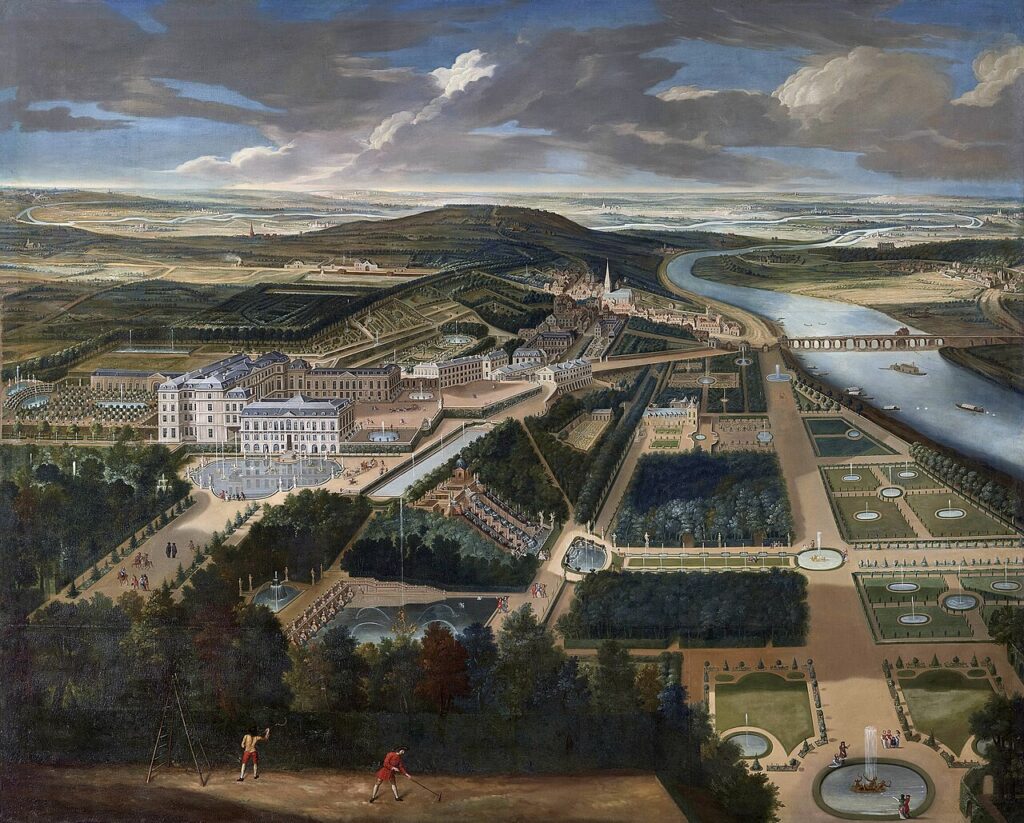Chapter 28
New persecutions from my enemies and their evil spirits to test my integrity, and all those who live at the same house as me.
It’s common to meet some new acquaintances in a luxury hotel. And so it was in the Mazarine that I first met Mr. Prieur, the son of a doctor of medicine of the same name living in Moulins. This young man was sent to Paris to enter the seminary. He stayed there for a time until he was disgusted by it, was called back home to his family, then came back to Paris to study medicine. It was a fine career, but wasn’t one that suited him. His father quickly realized this, and suggested that he enter the school of law. This he did, if only to please his father, but he was not naturally content, and soon left that field, as bored with it as with the other two.
It was a chance meeting. A pressing need had called me to the restroom. I found a five-franc piece which a friend of Prieur had dropped. Not knowing who it might belong to, I gave it to Mr. Rigal, the owner of the hotel, so he could return it to whoever it belonged to. When he did, he told him that it was found by Mr. Berbiguier, room number 3. This young man came to thank me, accompanied by his friend Prieur.
“I had only rendered to Caesar what belonged to Caesar, and to God what belonged to God,” I said. No doubt this whole thing was a trap the goblins had set for me, believing that I would pocket something that did not belong to me. Think again, you silent people, you can do anything in your power to prolong my suffering, but I am prepared for it. I offered all my suffering to God, to put toward any sins I may have committed, but here I am unswerving. I will follow the teachings of the church, despise the riches and luxury of this world, and make myself more worthy of a future happiness.
This chance meeting won me the friendship of this young man, and we often went walking together. We went to the feast of Saint-Cloud, and later, a few days later, visited Calvary. [1][2] His general tone, and his friendship, I trusted him immediately. I told him about my enemies, the evils they were causing me, and my desire to be freed from them. He saw what Dr. Pinel had done to my mirror, and the inscription I’d put at the bottom in order to make its author known. “I will put things in order,” he told me. “It is absolutely necessary to take steps to rescue you from your persecutors and recover your freedom.”
He introduced me to his brother, also staying in the same hotel, room no. 4, opposite my apartment. After talking for a few moments with Etienne Prieur, we decided to go take a tour of the amazing Marly Machine by the Seine. [3] While we were there we discussed the perfection of this invention, and the extraordinary progress of the arts. We dined at Saint-Germain, and travelled through the countryside, admiring what nature had produced, inspired with moral reflections. How can it be that this order which reigns in nature could be a matter of chance, according to the system created by a few impious people? Madmen! How would the earth bear fruit, if it were not enlivened by an all-powerful god, how could the resplendent star of the day move through its course without a guiding hand? Only an infernal spirit could inspire ideas so criminal, so contrary to those we should have of this God, creator of all that we see.
They will realize, but too late, their guilty errors, and they will be punished by eternal suffering. How many people were lost in these ideas, rather than gaining an eternity of happiness? This alone should guide our behavior in the low world and lead us to distance ourselves from sin, and from the inspiration of evil spirits who only seek to throw us into the abyss.
[1] The Feast of Saint Cloud falls on September 7. We know from M.B.’s letter to Etienne’s father 9/6/1818 that he met the Prieur brothers in August, 1817, so this seems to cover events from 8/1817 to 9/7/1817. Saint Cloud, or Clodoald, is a French saint native to the village of Saint-Cloud some 9 miles down the Siene from Paris. At the time, the town had a fancy estate, the Chateau de Saint-Cloud, that was declared a national treasure by Napolean.
2] The Calvary may be the Calvary at Pleyben. A Calvary is generally a monument representing the crucifixion of Jesus, and the Calvary at Pleyben is an impressive large monument, four massive sculpture-topped columns, at least 50 feet tall, with scenes from Jesus’s life, death, descent into hell, and resurrection. There are other calvaries, but this one is impressive and a likely tourist destination for someone as religiously-oriented as M.B.
Below, the Calvary at Pleyben to the left of a 16th-century church (Jean-Marc Aubelle, fr.Utilisateur: Jim ll’Auvergnat); Relief of the Calvary (by Disheol), Passion of Christ (Michael Kranewitter)
[3] The Marly Machine is a particularly magnificent piece of hydraulic engineering, fourteen huge water wheels each 38 feet across, considered at the time the eighth wonder of the world. This dates this scene to 1817 at the latest, as by then the magnificent machine had pumped its last, and was destroyed.






Recent Comments